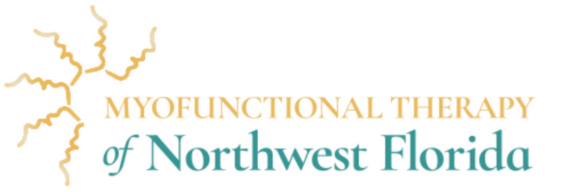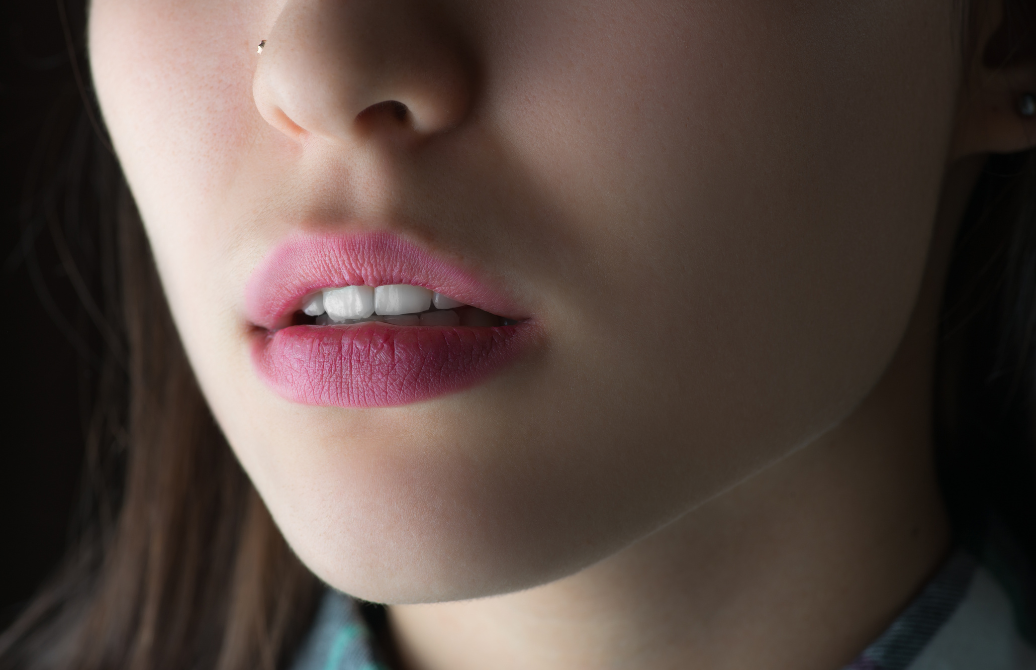OMDs
Orofacial Myofunctional Disorders
What is an Orofacial Myofunctional Disorder (OMD)?
An orofacial myofunctional disorder (OMD) is when the muscles of the face, mouth, or tongue don’t work the way they should. This can affect how someone breathes, eats, swallows, speaks, or how their teeth and jaws grow.
In a healthy system, the tongue rests gently against the roof of the mouth, lips stay closed, and breathing happens through the nose. With an OMD, this balance is disrupted, often leading to habits like mouth breathing, tongue thrusting, or incorrect swallowing patterns.
These patterns can develop over time and often go unnoticed, but they can have a big impact on overall health and function.



